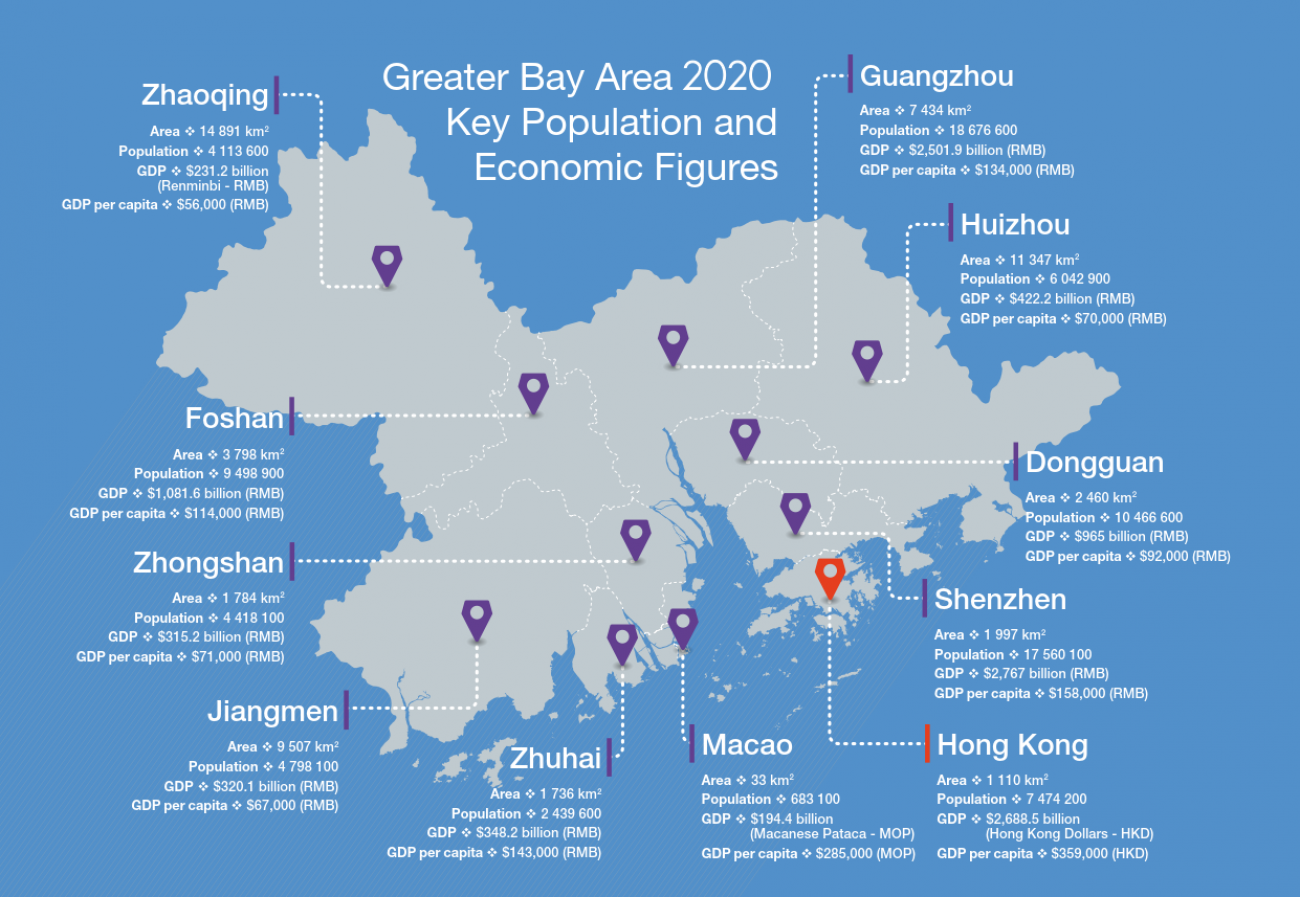Drone Racing Crash Insurance is a specialized policy designed to protect racers from financial losses due to crashes, collisions, or accidental damage during events. In Hong Kong, where drone racing is growing in popularity and often requires permits, this insurance is essential for both hobbyists and professionals. It ensures compliance with local regulations while safeguarding expensive equipment and third-party liabilities.
What is Drone Racing Crash Insurance?
This insurance covers damages or losses specific to drone racing, a high-adrenaline sport with inherent risks. In Hong Kong’s dense urban environment, crashes can lead to significant costs.
- Event Coverage: Protects drones during organized races or competitions.
- Accidental Damage: Includes crashes, mid-air collisions, or mechanical failures during flights.
- Liability Protection: Extends to third-party property damage or injuries caused by your drone.
Policies are tailored to racing scenarios, distinguishing them from standard drone insurance.
Why Do You Need Drone Racing Crash Insurance in Hong Kong?
Hong Kong’s strict aviation rules and crowded spaces make insurance critical for drone racers.
- Legal Compliance: Required for permits in public areas or organized events (per CAD guidelines).
- High Equipment Costs: Racing drones can cost HK$10,000-HK$50,000+; repairs add up quickly.
- Public Safety: Covers liabilities if your drone damages property or injures bystanders.
Without insurance, racers risk hefty out-of-pocket expenses or legal penalties.
How Does Drone Racing Crash Insurance Work?
The insurance process is straightforward but varies by provider.
- Repair/Replacement: File a claim for crash damages; insurers pay for fixes or a new drone.
- Liability Claims: If your drone harms others, the insurer handles compensation up to your limit.
- Claims Steps: Report the incident, submit evidence (photos, videos), and await assessment.
Policies typically process claims within 1-4 weeks, depending on complexity.
What’s Covered?
Not all damages are covered-know what’s included and excluded.
- Crash Repairs: Covers damage from collisions or accidents during races.
- Third-Party Liabilities: Property damage or injuries caused by your drone.
- Theft Protection: Some policies include theft during events (varies by provider).
Always review your policy details to understand specific coverage.
What’s Not Covered?
Certain scenarios are typically excluded from coverage.
- Intentional Damage: Deliberate crashes or reckless behavior.
- Wear and Tear: Gradual deterioration or mechanical failures from regular use.
- Illegal Modifications: Unapproved alterations to your drone’s specifications.
Understanding exclusions helps prevent claim denials.
How Much Coverage Should I Expect?
Coverage amounts vary based on your needs and drone value.
- Drone Value: Typically HK$5,000-HK$50,000+ for racing drones.
- Liability Limits: Usually HK$1M-HK$5M for third-party claims.
- Custom Options: Some insurers offer tailored coverage for high-value equipment.
Choose coverage that matches your drone’s value and racing frequency.
How Are Premiums Calculated?
Several factors influence your insurance costs.
- Drone Value: Higher-value drones typically cost more to insure.
- Racing Frequency: More frequent racing may increase premiums.
- Location Risk: Urban areas often have higher rates than rural locations.
- Pilot Experience: Experienced racers may qualify for discounts.
Premiums typically range from HK$500-HK$5,000 annually depending on these factors.
Accessibility in Hong Kong
Finding suitable coverage requires knowing where to look.
- Specialist Providers: Several insurers offer drone-specific policies.
- Online Quotes: Many providers allow quick online estimates.
- Broker Services: Insurance brokers can help compare multiple options.
Shop around to find the best coverage for your needs.
Claiming Process
Understanding the claims process ensures smoother resolution.
- Documentation: Photos/videos of damage and incident reports are crucial.
- Submission: Complete claim forms and provide supporting documents.
- Processing: Most claims are resolved within 1-4 weeks.
Prompt reporting and thorough documentation improve claim outcomes.
Pre-Purchase Considerations
Evaluate these factors before selecting a policy.
- Coverage Scope: Verify if practice sessions are included.
- Deductibles: Understand your out-of-pocket costs for claims.
- Drone Model: Ensure your specific model is covered.
Careful review prevents surprises when you need to make a claim.
Product Comparison Tips
Smart comparison helps find the best value.
- Coverage Limits: Compare both drone and liability coverage amounts.
- Exclusions: Note what each policy doesn’t cover.
- Reputation: Research insurers’ claim handling reputation.
Don’t just compare prices – evaluate overall value and protection.
Legal Requirements in Hong Kong
Stay compliant with local regulations.
- Permit Conditions: Insurance is often required for event permits.
- Minimum Coverage: CAD may specify liability limits for certain activities.
- Documentation: Keep proof of insurance during all racing activities.
Non-compliance can result in fines or permit revocation.
Cost-Saving Tips
Reduce premiums without sacrificing coverage.
- Group Policies: Racing clubs may qualify for discounted group rates.
- Safety Courses: Completing certified training can lower premiums.
- Higher Deductibles: Opting for higher excess can reduce premium costs.
Smart choices can make quality coverage more affordable.
Keep in Mind Before Buying
Final considerations before purchasing.
- Experience Level: Novice pilots may face higher rates.
- Usage Patterns: Be honest about how often you race.
- Policy Flexibility: Check if you can adjust coverage as needs change.
Accurate information ensures proper coverage at fair rates.
Alternatives if Insurance is Too Expensive
Options for those who can’t afford full coverage.
- Self-Insurance: Set aside funds specifically for potential repairs.
- Entry-Level Drones: Use less expensive models for high-risk races.
- Limited Coverage: Consider liability-only policies for basic protection.
While not ideal, these options provide some risk mitigation.



